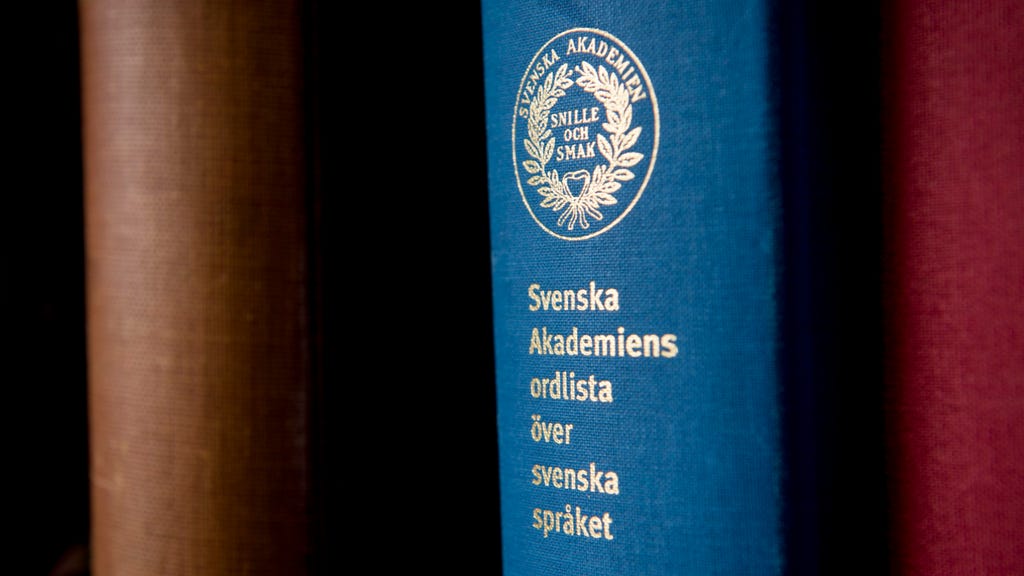This text represents a 12-question vocabulary quiz, followed by statistical performance data and an answer key. The quiz tests knowledge of Swedish words, presenting a word and asking the user to select the correct definition from a multiple-choice list of four options. The structure is consistent for each question, displaying ”Fråga [number] av 12” (Question [number] of 12), followed by the word being queried and the possible answers. The text lacks the user’s actual responses, indicated by placeholder text ”Ditt svar:” (Your answer:) before each ”Rätt svar:” (Correct answer:) in the answer key.
The statistical section, ”Så gick det för andra” (How others did), displays the distribution of correct answers among previous quiz takers. It breaks down the percentages of users who achieved each possible score, from 0 to 12 correct answers. For example, it indicates that 5% of users answered all 12 questions correctly, while 33% answered 10 questions correctly. This information provides context for individual performance and highlights the relative difficulty of the quiz. The statistics suggest a moderate level of difficulty, with scores of 9 and 10 being the most common outcomes.
The answer key, ”Facit,” systematically reviews each question. It reiterates the question, confirms the correct answer, and displays the percentage of users who answered correctly (”[percentage]% hade rätt” – [percentage]% were correct). Notably, the provided text also includes placeholders for ”Fördjupning:” (Further information:), suggesting that additional explanatory details about the word’s etymology, usage, or related concepts might be included in a complete version of the quiz results. This absence of specific ”Fördjupning” content limits a deeper understanding of the vocabulary being tested.
The quiz covers a range of Swedish words, from everyday terms like ”kappsäck” (suitcase) and ”nylle” (face), to more nuanced vocabulary like ”banal” (banal/commonplace) and ”gesant” (envoy/messenger). The varying success rates for different questions, as shown in the statistics, indicate a diverse range of difficulty levels among the words. Terms like ”kappsäck,” ”torrboll” (bore), and ”nylle” enjoyed high success rates, suggesting they’re more commonly understood. Conversely, words like ”apologi” (defense/apology) and ”täv” (smell) had significantly lower success rates, indicating they are less familiar to the average quiz taker.
The quiz format itself appears designed for interactive online use. The initial warning, ”För att göra detta quiz behöver javascript vara aktiverat i din webbläsare” (To take this quiz, javascript needs to be activated in your browser), highlights the technical dependency on JavaScript for interactivity. Additionally, the text includes elements like ”Mer statistik” (More statistics) and ”Dölj statistik” (Hide statistics), which, though lacking functionality within this static text, suggest interactive elements for expanding and collapsing the statistical information on the quiz webpage.
While the provided text offers a comprehensive overview of the quiz questions, statistical distribution, and correct answers, the absence of user-selected answers and the ”Fördjupning” content limits a full interpretation of individual performance and a deeper understanding of the nuanced meanings and usage of the Swedish vocabulary tested. The structure clearly points towards an online, interactive format, suggesting that the static text represents a snapshot of the quiz results after completion, stripped of the interactive elements and potentially richer explanatory content. Further information about the missing components would be needed for a completely thorough analysis.














